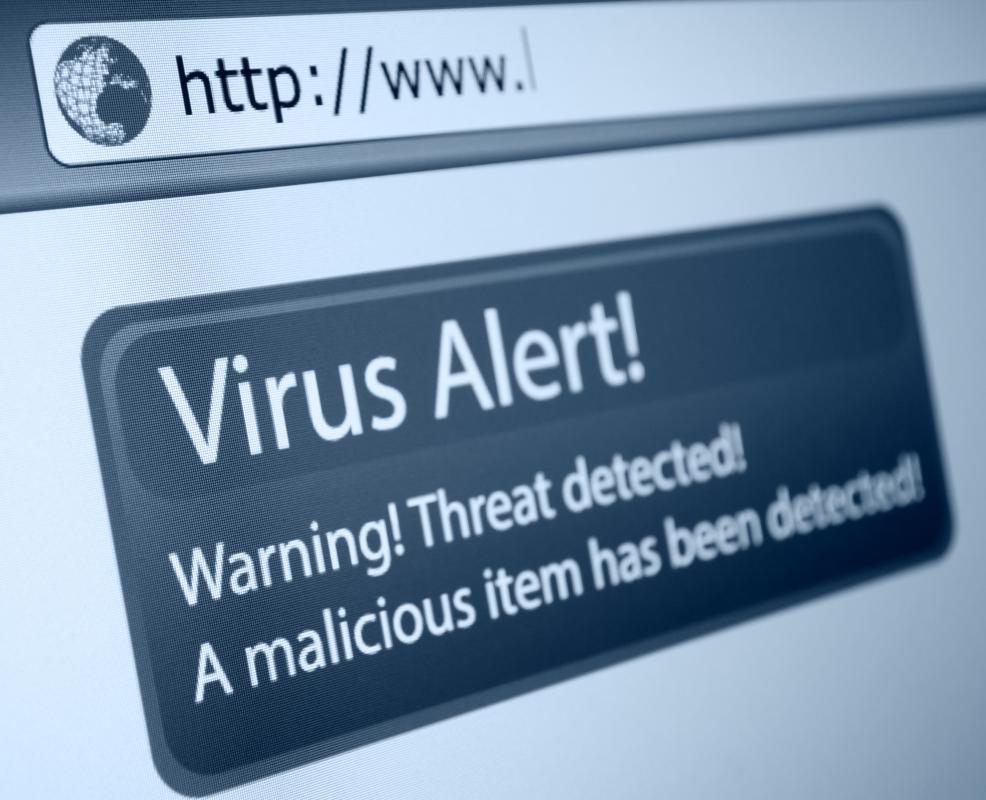What is a virus?
A computer virus is simply a computer program that executes malicious code on your machine.
To make the concept of a virus simple to understand, consider this example. A computer program has a particular function. Microsoft Word, for example, is a text editor program. Excel is a program for creating spreadsheets. A virus is also a program, except its function is to perform tasks that delete your files, steal passwords from your computer, and many others.
How to avoid viruses.
Install anti-virus software.
It is very important to have a piece of anti-virus software installed on your computer. You should be aware, however, that it does not completely protect your computer. It is simply one of the many tools you can use to protect your computer or mobile device. That’s because there are several viruses that are not captured by anti-virus software, no matter how up to date your program may be. Also, if your computer is suddenly infected by a virus, an anti-virus program can remove it, however, it’s not guaranteed that the removal is complete.
Beware of .EXE files, .scr, .bat, .com, .CPL, .LNK
Every file has an extension. Viruses are applications that have these extensions mentioned above. If you receive an email from someone you know, and they tell you to click a link to view an “image”, be careful if the file type is Application. Cancel the download. Images are not applications, so it is most surely a virus. Remember, almost every virus will appear as application.
Only download things from trustworthy sites
Most computer games or programs like FileZilla, etc, are applications and have the extension .EXE, so the ideal is to download such, from trusted sites which already have a team to test the programs and make sure that they have a virus or not.
VirusTotal.com – If suspicious of any file, check it on www.virustotal.com, this site allows you to send a suspect file to be analyzed by 43 different anti-virus, after analysis you can be more sure that the file is reliable or not, and run it on your machine.
Keep Windows and all programs on your computer, updated
Many computer programs, including Windows, itself have flaws (bugs) that can be exploited by someone. An experienced, malicious hacker, is able to run any .EXE file on your machine. It’s better to be safe than sorry, so be sure to only visit trustworthy sites. A lot of people are always looking for free things on the internet. There are many websites that offer free software with cracks and serials, which induce you to download malicious files on your computer, and usually these sites can exploit vulnerabilities on your computer and modify them if found.
Beware of USB sticks
There are viruses that spread through flash drives. Usually this happens when you place it on another computer. This virus creates a file called autorun.inf on your USB flash drive and makes a copy of itself to the flash drive. These files are hidden, and you can not see them. To find out if your USB flash drive is infected is simple – just put it on your computer and when you see the little window “Open With …”, verify that the default option is as follows:
Open folder to view files – using software provided on the USB flash drive or Open Folder to View Files – Using the supplied software USB flash drive.
If that comes up your USB flash drive is infected. The solution to this problem is to download a program called PenCleaner for virus removal, or open the USB flash drive with “explorer”, and format it.
Viruses can really mess up your computer, but with the right tools and a little bit of caution, you can keep it virus-free for a very long period of time.

